Viola da gamba Bass
Joachim Tielke, Hamburg, 1697
Catalog 154. Viola da gamba, bass, by Joachim Tielke, 1697
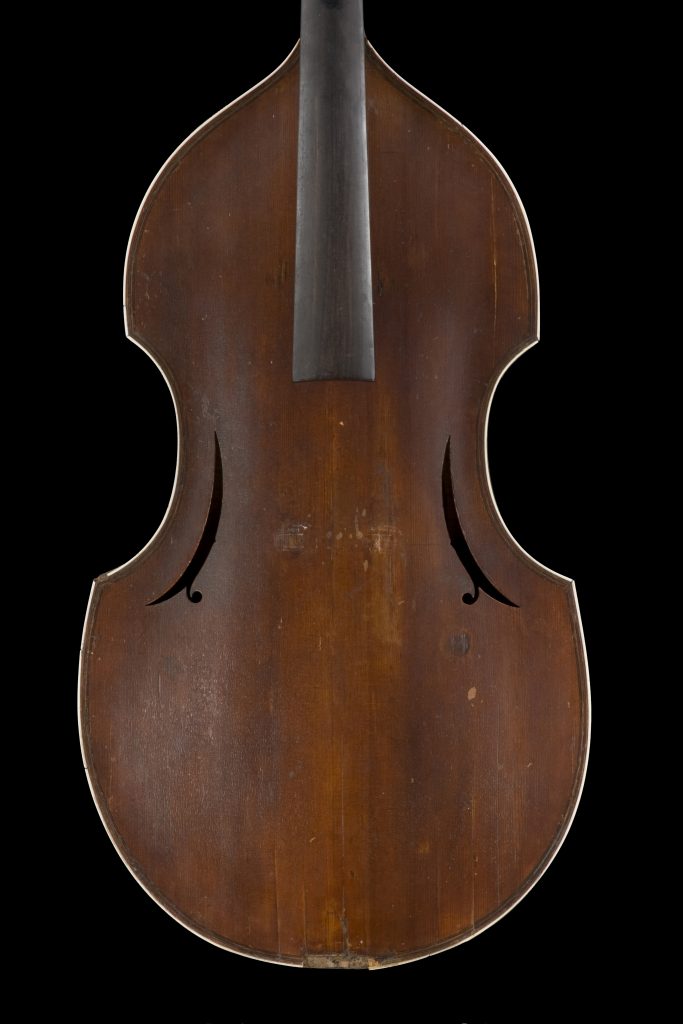 |
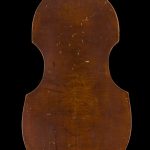 |
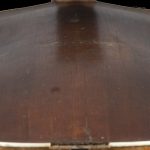
Although Joachim Tielke is often referred to as the “Stradivarius of the viola da gamba” and enjoyed an international reputation, the question has been raised as to whether he was a real instrument maker at all or merely a dealer, selling the wares worldwide from innumerable Hanseatic instrument suppliers. Nevertheless, the “Tielke” violas da gamba were praised for their “strong and brilliant sound” even towards the end of the 18th C. and were instruments of choice for solo playing. Duke Johann Ernst III of Weimar, where Bach was employed, played on a Tielke, which is preserved in his estate (Sammlungen der Klassik Stiftung Weimar). Tielke had a penchant for richly decorated instruments: nothing was spared in the accoutrements, often employing ivory and ebony garlands and flowers, tortoise shell, carved heads: a clear sign that these instruments were destined for the affluent aristocratic and patrician clientele. Our example bears the carved head of a woman, in the style of the galleon figures of Hanseatic ships, crowning the pegbox, carved à-jour (perforated), with vegetal and flower motifs and a cupid entwined in the foliage.
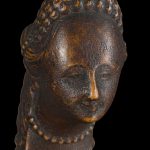 |
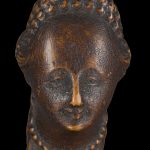 |
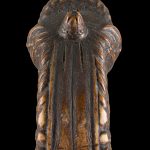 |
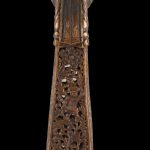 |
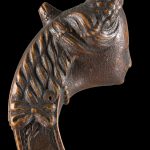 |
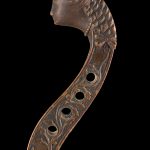 |
Thanks to the very carefully and judiciously executed transformation into a violoncello, this viola da gamba is in an extraordinarily pure state of preservation, showing all of its original parts, including the typical construction characteristics of the interior (except possibly for the bass bar, which may have been replaced) and an immaculate, complete layer of its original varnish, showing the typical craquélé structure. Therefore this instrument represents an invaluable document to the construction principles of this North German master, worthy to be scientifically studied and copied by the luthiers of today.
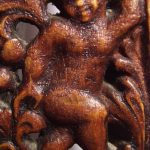
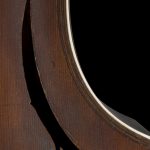 |
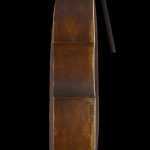 |
This was the instrument at the moment we bought
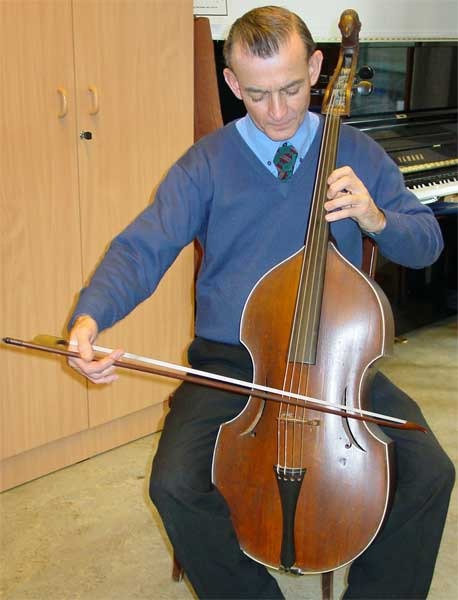 |
 |

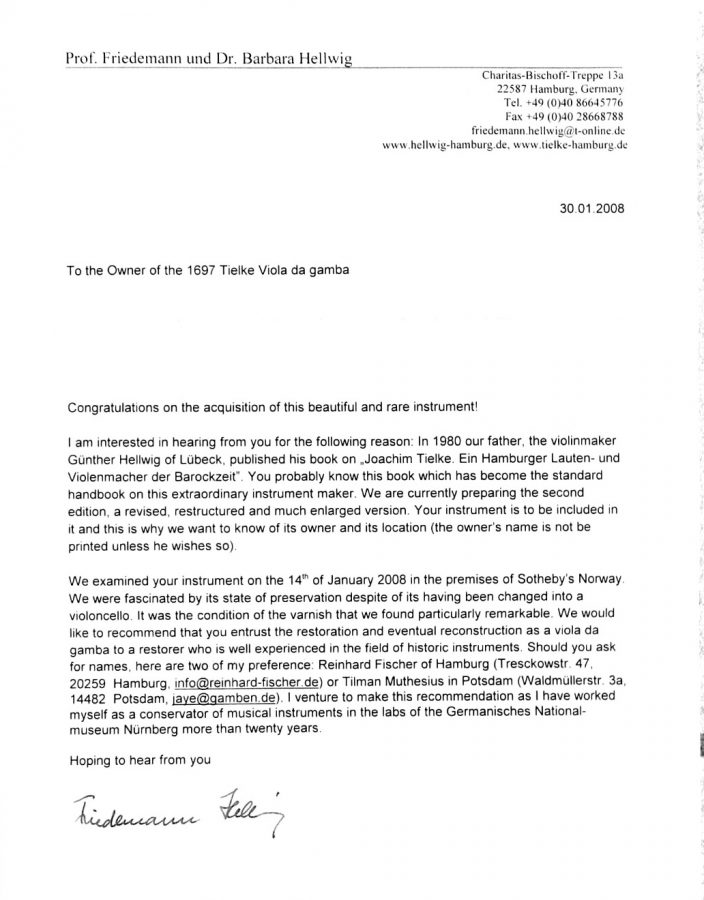
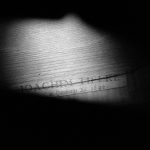
By coincidence a fresco of what appears to be this particular viola da gamba is to be found in the Dreifaltigkeitskirche (Trinity Church) near Salzburg. The most unusual shape of the c-holes, the double purfling, the carved head and the ornate fingerboard, most strikingly, even the pearl necklace around the base of the head, all point to Tielke as the author of the viol which once stood model for the fresco. And all these details are to be found on this viola da gamba of 1697!
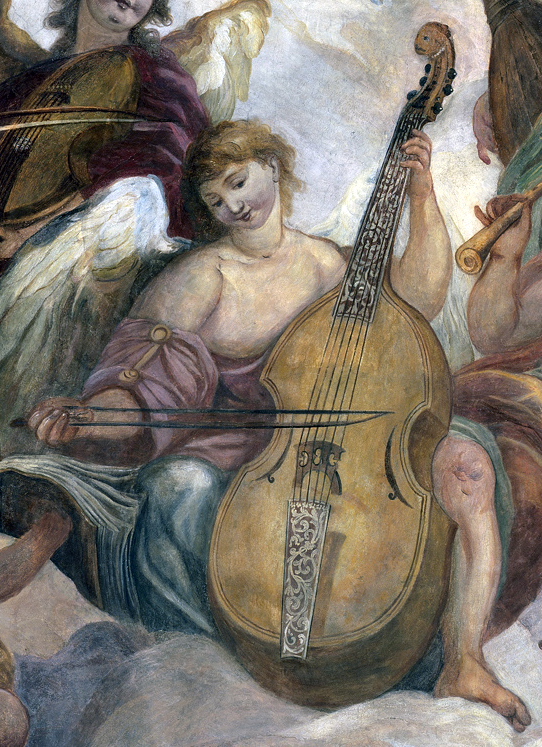
Fresco in Trinity Chruch (Dreifaltigkeitskirche) in Salzburg: J. M. Rottmayr (1700)
(painted just after the arrival of the viola da gamba from Hamburg in Salzburg)
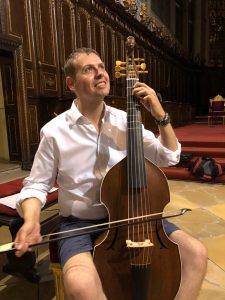
Dr. Andrej Harinek, medical doctor, organist and viola da gamba player
| Body length | mm |
|
Upper width
|
mm |
| Middle width | mm |
| Lower width | mm |
| Rib height | mm |
| String length | mm |